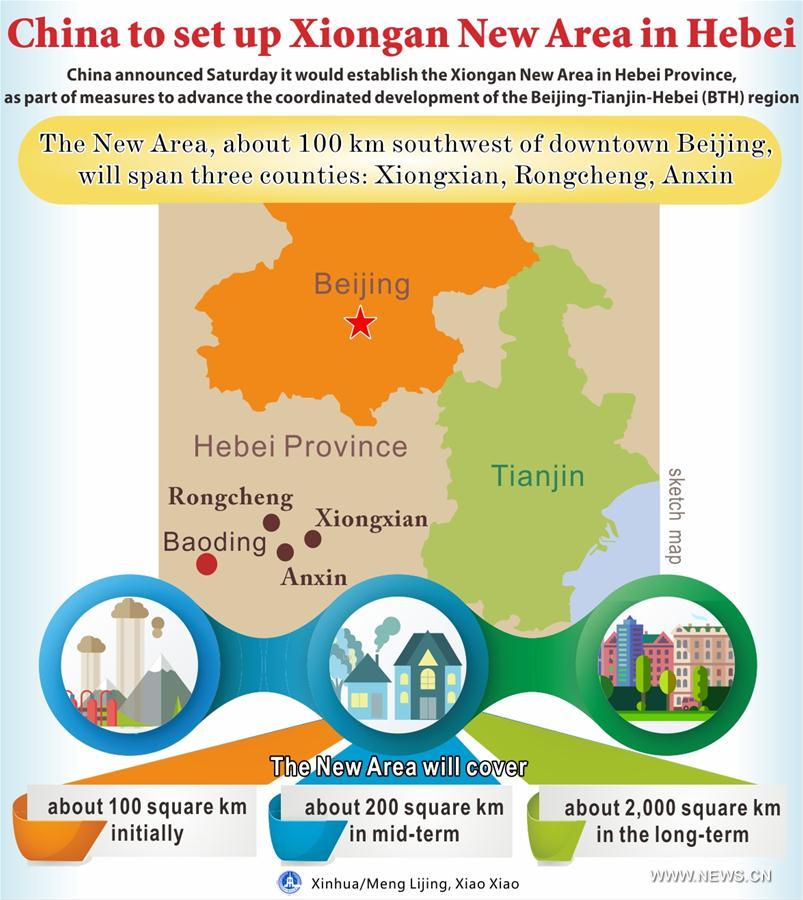adil_minhas
BANNED

- Joined
- Jul 26, 2016
- Messages
- 1,393
- Reaction score
- -2
- Country
- Location
@AndrewJin did not find either of the hot photos man
Follow along with the video below to see how to install our site as a web app on your home screen.
Note: This feature may not be available in some browsers.



China to set up Xiongan New Area in Hebei
Xinhua, April 1, 2017
China announced Saturday it would establish the Xiongan New Area in Hebei Province, as part of measures to advance the coordinated development of the Beijing-Tianjin-Hebei (BTH) region.
This is another new area with national significance after the Shenzhen Special Economic Zone and the Shanghai Pudong New Area, according to a circular issued by the Communist Party of China (CPC) Central Committee and the State Council.
The move is a "major historic and strategic choice made by the CPC Central Committee with Comrade Xi Jinping as the core," said the circular.
The New Area, about 100 km southwest of downtown Beijing, will span three counties that sit at the center of the triangular area formed by Beijing, Tianjin and Hebei's provincial capital Shijiazhuang.
The move will help phase out non-capital functions from Beijing, explore a new model of optimized development in densely-populated areas, and restructure the urban layout in the BTH region, according to the circular.
The New Area will cover around 100 square km initially and will be expanded to 200 square km in mid-term and about 2,000 square km in the long-term.
http://china.org.cn/china/Off_the_Wire/2017-04/01/content_40544654.htm

I think government wants to reduce the pressure on Beijing and, while sending away some industries, transform Beijing into a true political, innovation and cultural capital of the country.

千年大计!河北雄安新区,你想知道的都在这里
2017-04-01 18:55

But are the policies conducive enough to have an effect on the cultural part of that statement?
Leave about extending China's cultural influence abroad, China's cultural industries are beaten in their own home. Be it movies, pop-culture, books, ideology, music, etc.
I think government wants to reduce the pressure on Beijing and, while sending away some industries, transform Beijing into a true political, innovation and cultural capital of the country.


No, Chinese TV shows, novels, stars are very popular in East asia.But are the policies conducive enough to have an effect on the cultural part of that statement?
Leave about extending China's cultural influence abroad, China's cultural industries are beaten in their own home. Be it movies, pop-culture, books, ideology, music, etc.









real estate market is going crazy .

A future city group


